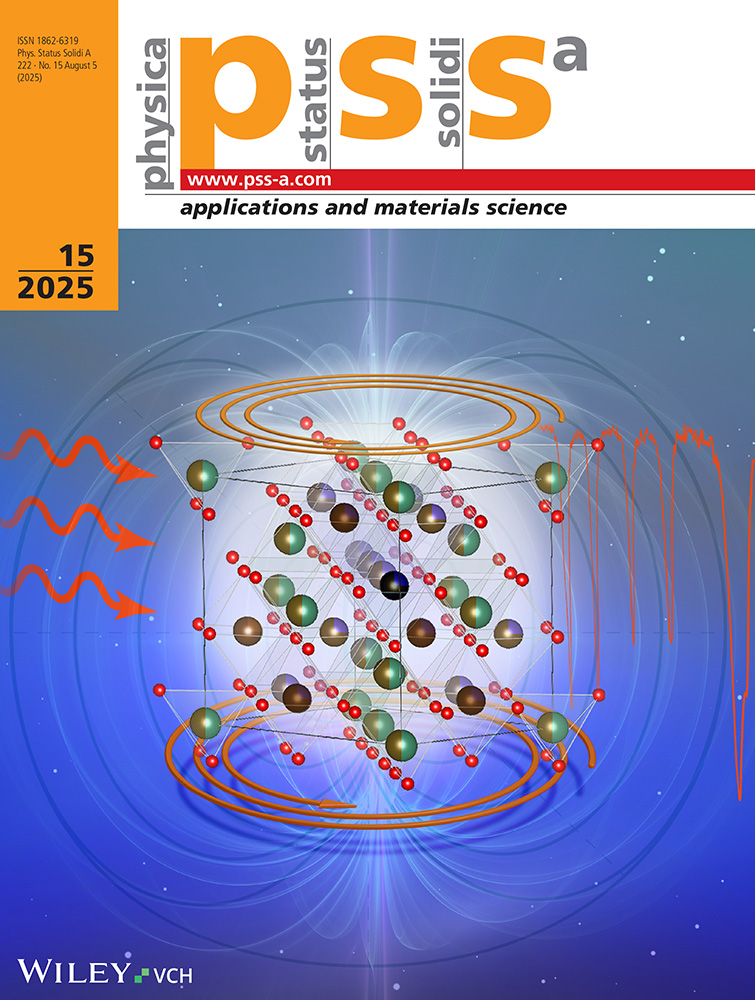Flash lamp annealing of ion-implanted polycrystalline silicon
630 090 Novosibirsk, USSR.
Abstract
enThe behaviour of phosphorus implanted films of polycrystalline silicon deposited on SiO2 is studied during the annealing with pulses of a xenon lamp of 10−2 s duration. It is shown that the annealing with flash lamp pulses allows a complete activation of an implanted impurity during the annealing both in solid and in liquid phase. The melting of the film surface is accompanied by an increase of crystal sizes up to 5 μm. The electron mobility in these layers reaches 250 cm2V−1s−1. The layers are stable to the subsequent heat treatments at temperatures up to 900 K.
Abstract
ru[Russian Text Ignored].




